Adoptees change the world every day. In this article, we’ll highlight the achievements of three revolutionary people, all of whom just happen to have been adopted.
Babe Ruth
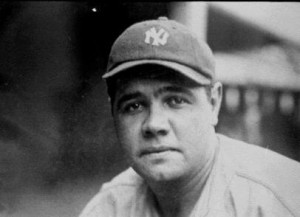 George Herman Ruth, Jr., the man who would come to be known by many epithets, including “Babe,” “the Bambino,” and “the Sultan of Swat,” was born during 1895 in Baltimore. Little is known about Babe’s youth beyond the fact that his father, George Sr., had a series of odd jobs, including that of a travelling lightning rod salesman.
George Herman Ruth, Jr., the man who would come to be known by many epithets, including “Babe,” “the Bambino,” and “the Sultan of Swat,” was born during 1895 in Baltimore. Little is known about Babe’s youth beyond the fact that his father, George Sr., had a series of odd jobs, including that of a travelling lightning rod salesman.
At the age of seven, young George was sent to Baltimore’s St. Mary’s Industrial School for Boys, an orphanage and boarding school. Babe would spend the next 12 years there. While at St. Mary’s, which in many ways resembled a modern-day vocational school, Babe was taught the art of shirtmaking. At the same time, Babe began to play baseball and exhibited great facility in both pitching and batting.
Babe was soon spotted by a talent scout, Jack Dunn, at the age of 19. Upon learning that Babe was legally obligated to remain at St. Mary’s until 21, Dunn became Babe’s legal guardian.
Babe Ruth went on to become one of the greatest baseball players of all time, leading the Boston Red Sox and New York Yankees to a combined seven World Series victories in 20 years of play. He adopted two children of his own.
Ruth’s legacy stands as a testament to the truth that, while we may take long, circuitous routes through life, great success is always possible.
Steve Jobs
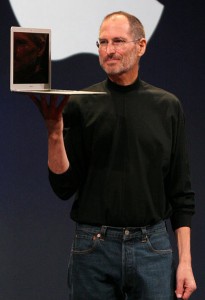 Pioneer of the personal computer revolution and digital guru Steve Jobs was born in San Franciso on February 24, 1955.
Pioneer of the personal computer revolution and digital guru Steve Jobs was born in San Franciso on February 24, 1955.
Jobs was adopted at birth by Paul Reinhold Jobs and Clara Jobs. His biological parents, a Syrian-born man and Swiss-American woman, decided to place him for adoption because his biological mother’s family did not approve of her daughter’s relationship.
Jobs attended Reed College, in Portland, Oregon, for only six months. After dropping out, Jobs worked for a short time at Atari, inventors of the first modern videogame system, then traveled to India, where he began a life-long devotion to Zen Buddhism. After returning to America, Jobs met Steve Wozniak, a gifted electrical engineer, and the two founded the “Apple Computer Company.” The rest, as they say, is history.
In 2005, after having revolutionized the ways in which we interact, both with technology and one another, Steve Jobs delivered the Commencement address at Stanford University. He opened up about his adoption: “It started before I was born. My biological mother was a young, unwed college graduate student, and she decided to put me up for adoption. She felt very strongly that I should be adopted by college graduates, so everything was all set for me to be adopted at birth by a lawyer and his wife. Except that when I popped out they decided at the last minute that they really wanted a girl. So my parents, who were on a waiting list, got a call in the middle of the night asking: ‘We have an unexpected baby boy; do you want him?’ They said: “Of course.’ My biological mother later found out that my mother had never graduated from college and that my father had never graduated from high school. She refused to sign the final adoption papers. She only relented a few months later when my parents promised that I would someday go to college. You can’t connect the dots looking forward; you can only connect them looking backwards. So you have to trust that the dots will somehow connect in your future. You have to trust in something — your gut, destiny, life, karma, whatever. This approach has never let me down, and it has made all the difference in my life.”
Eleanor Roosevelt
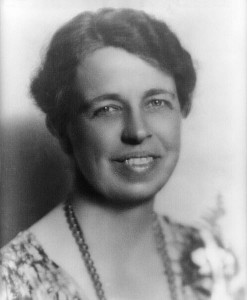 Anna Eleanor Roosevelt was born, into immense wealth and privilege, on October 11, 1884. But following her mother’s death from diphtheria and her father’s from a seizure, the young Eleanor was adopted by her maternal grandmother.
Anna Eleanor Roosevelt was born, into immense wealth and privilege, on October 11, 1884. But following her mother’s death from diphtheria and her father’s from a seizure, the young Eleanor was adopted by her maternal grandmother.
Although she considered herself an “ugly duckling,” the brilliant Eleanor wrote at the age of 14: “no matter how plain a woman may be if truth and loyalty are stamped upon her face all will be attracted to her.”
Roosevelt was sent to Allenswood Academy, a private school near London, when she was 15. The school was run by headmistress Marie Souvestre, an influential feminist thinker of the time, who encouraged independent thought in young women. Upon returning to America, Eleanor met her fifth cousin, Franklin Delano Roosevelt on a train. The two fell in love and were married.
After years of political service, Franklin was elected President of the United States, with Eleanor as First Lady. For her own part, Eleanor Roosevelt fought tirelessly throughout her political career for the expansion of civil rights. In 1945, she was appointed by President Harry Truman as a delegate to the United Nations. Soon after, she became the first chairperson of United Nations Commission on Human Rights. Her guidance and intelligence were essential to drafting the Declaration of Human Rights, a groundbreaking document that expounded, for the first time, a secular concept of rights to which all humans are entitled.

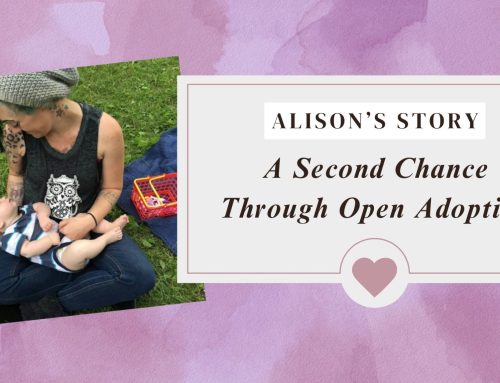
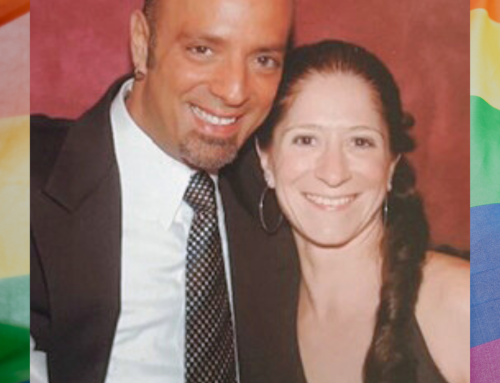


Leave A Comment